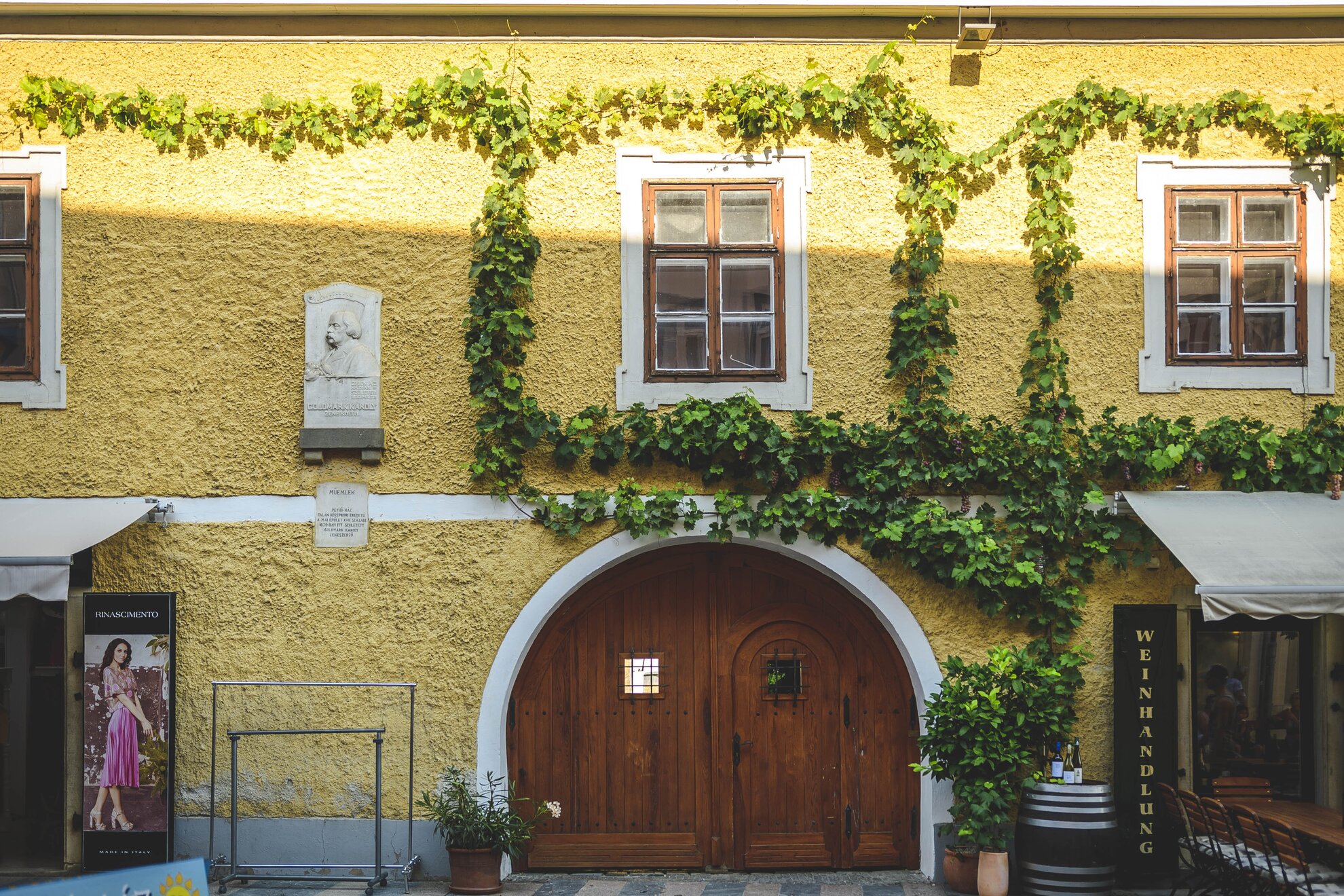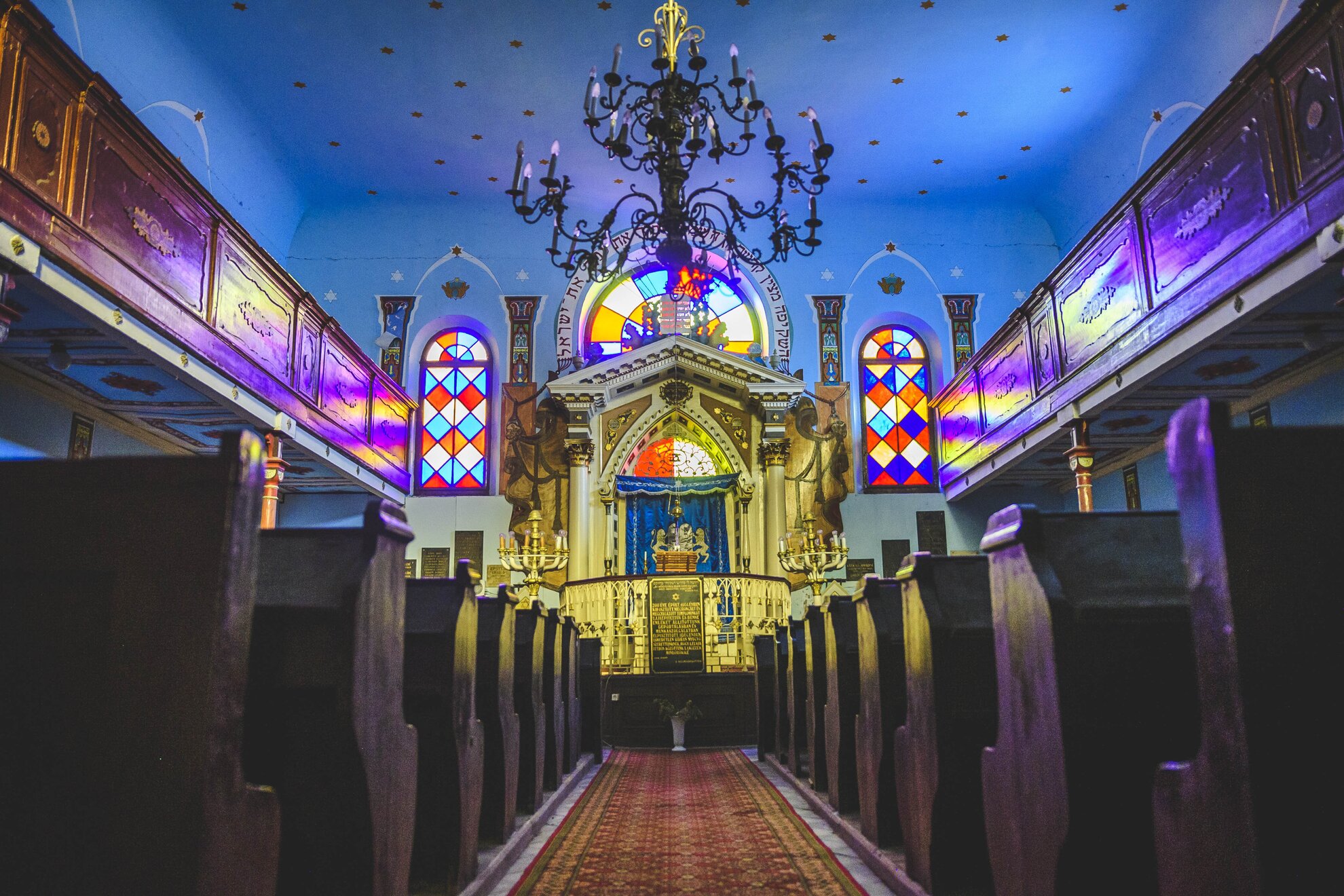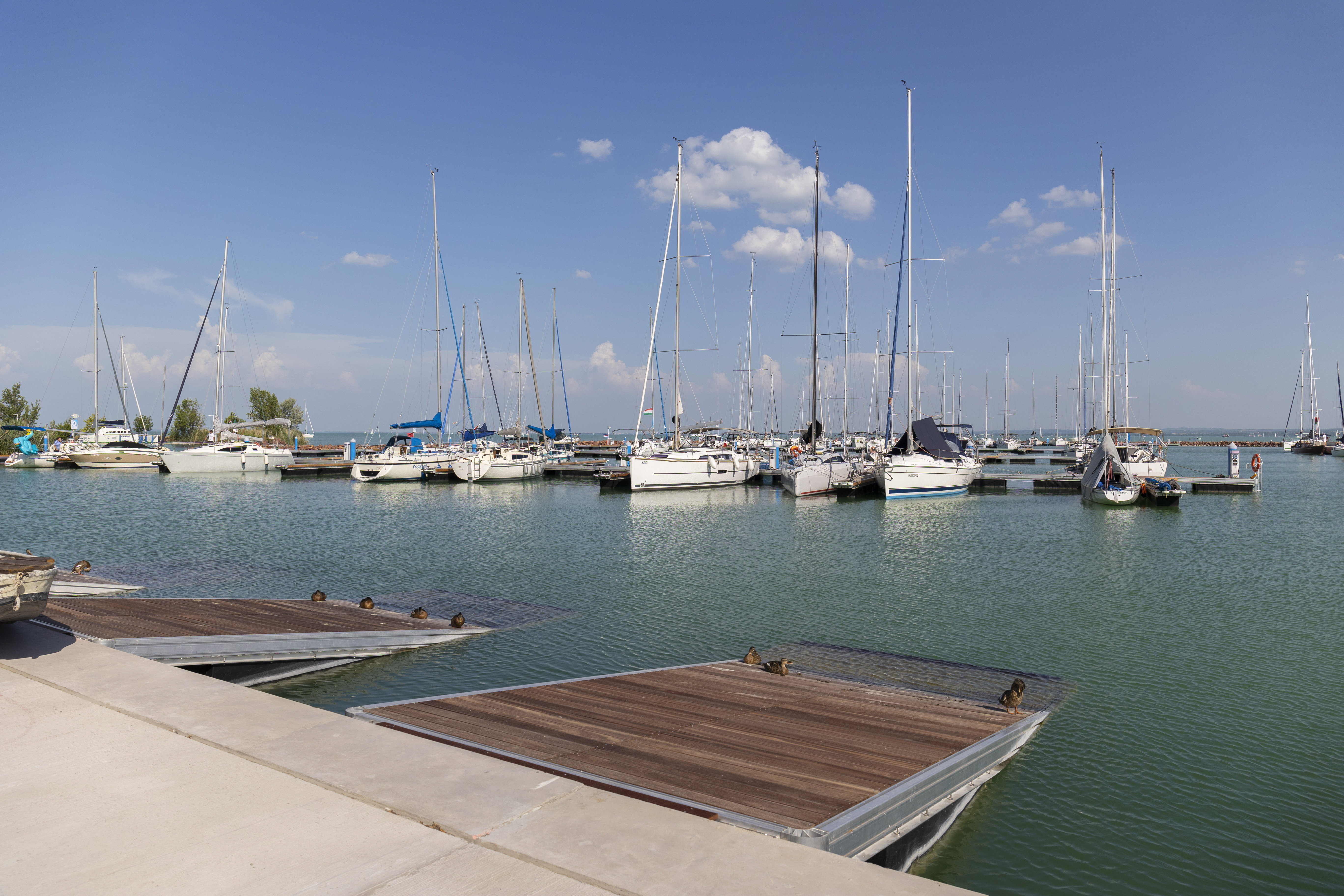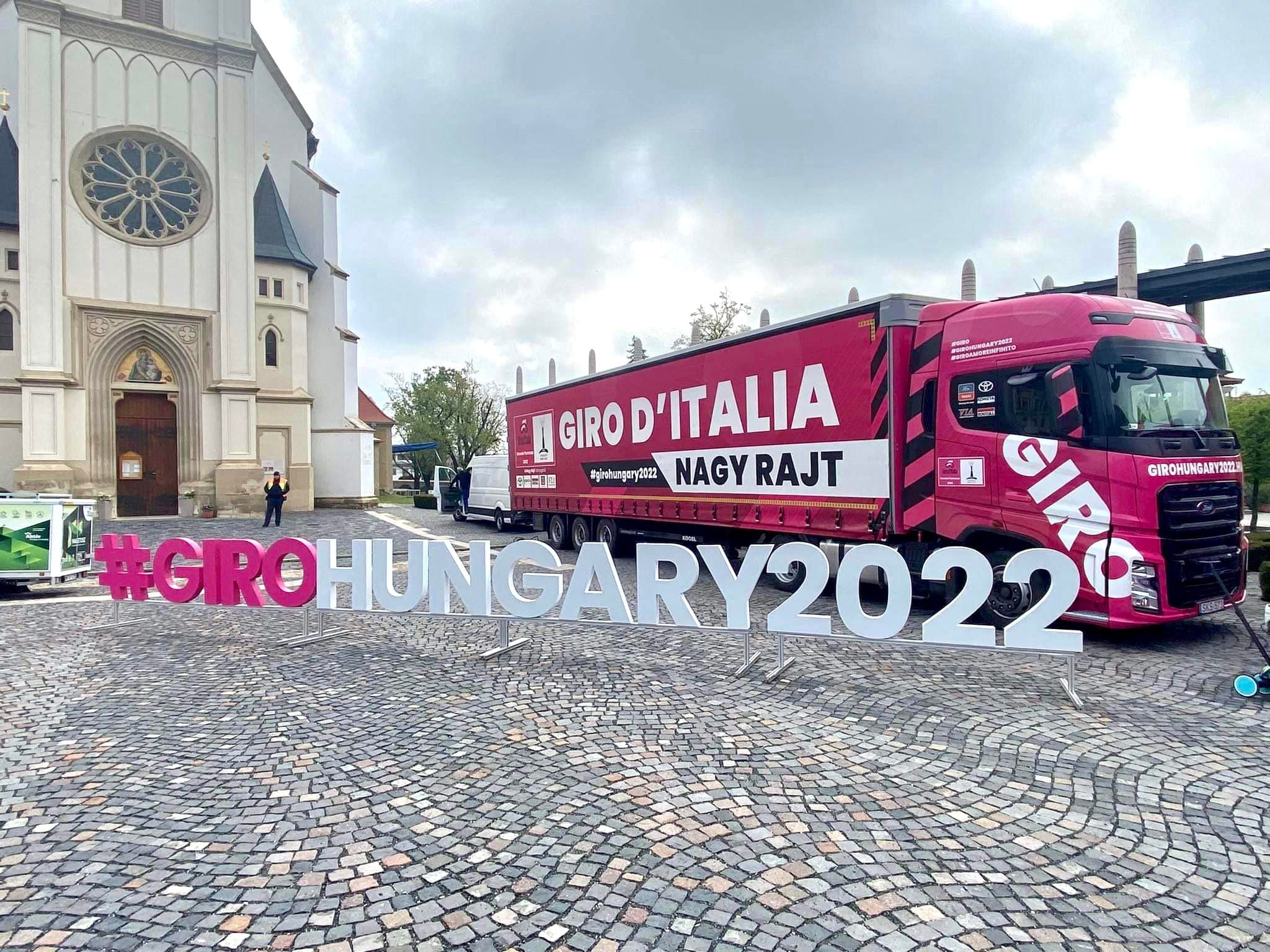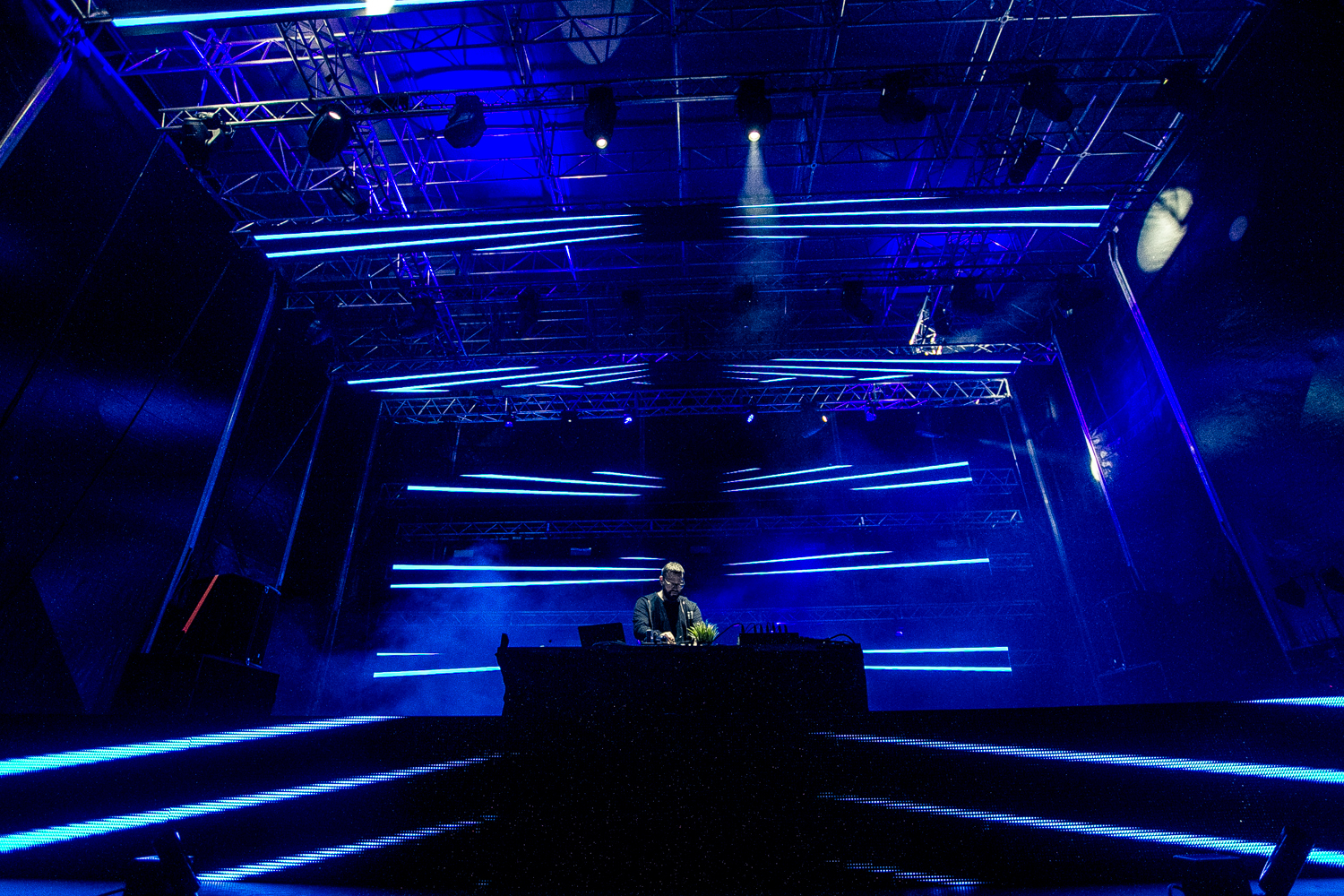Known both as Pethő House and as Goldmark House, the building’s garden houses the synagogue of Keszthely in one of its hidden corners. The first synagogue of Keszthely was built by the founder of Georgikon, György Festetics in 1780. The original design of Christoph Hofstädter was later remodelled and expanded several times.
The black obelisk next to the entrance is a memorial to those who were locked into the ghetto that stood here in 1944 before they were taken to Auschwitz. Their names are carved into a hundred and two black and white marble panels.
The interior is lined with the gallery for women, which is supported with cast iron pillars. The first real renovation took place from 1993 to 1995. There’s still some work to be done but its ancient atmosphere makes it unique among the sights of Keszthely.
There’s also an artificial pond next to the synagogue with a weeping willow and an olive tree – both are symbols of Jewish religion.
Tip: Composer Károly Goldmark was born in the house in front of the synagogue on May 18, 1830.
